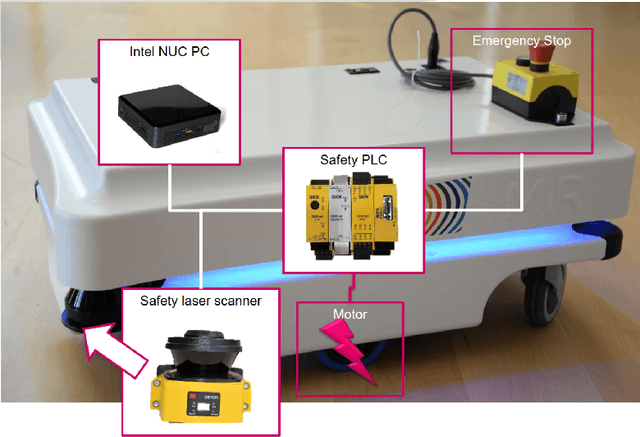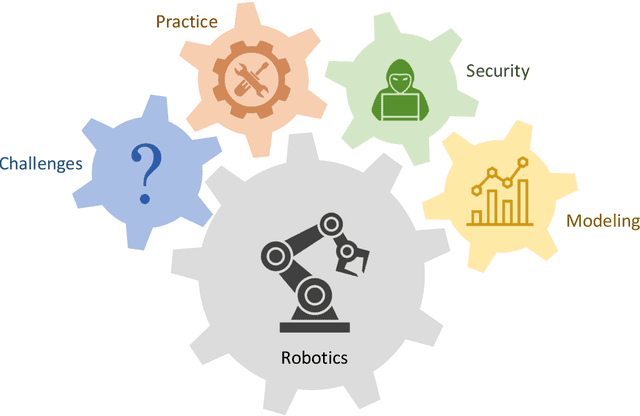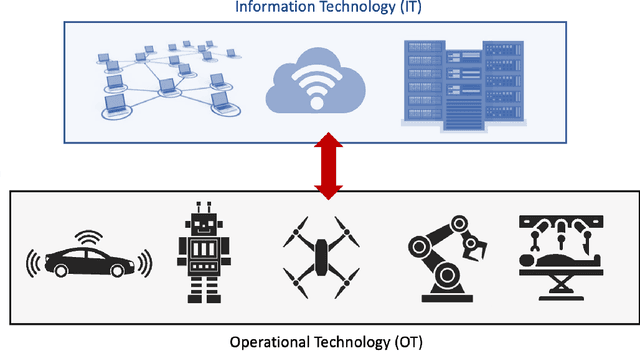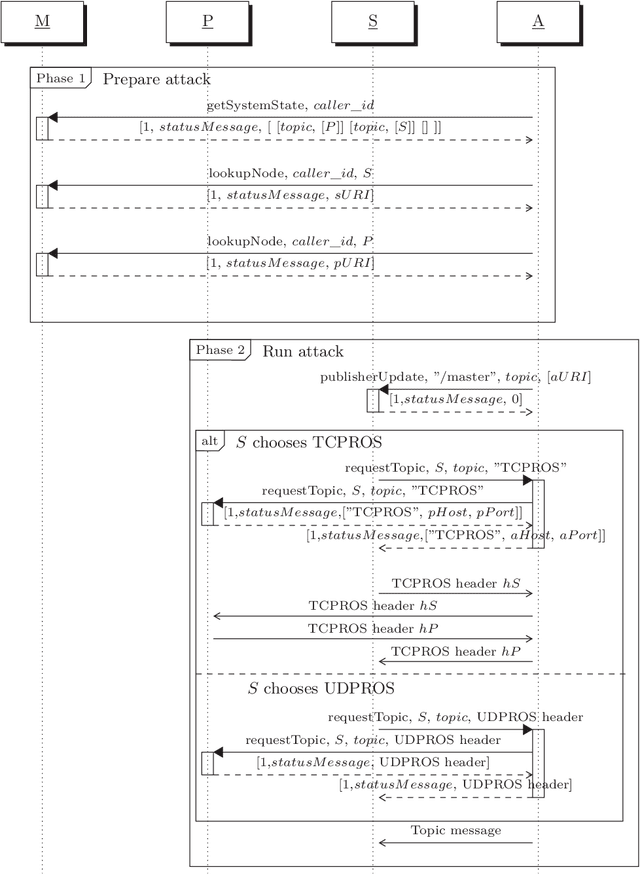Victor Mayoral Vilches
SROS2: Usable Cyber Security Tools for ROS 2
Aug 04, 2022

Abstract:ROS 2 is rapidly becoming a standard in the robotics industry. Built upon DDS as its default communication middleware and used in safety-critical scenarios, adding security to robots and ROS computational graphs is increasingly becoming a concern. The present work introduces SROS2, a series of developer tools and libraries that facilitate adding security to ROS 2 graphs. Focusing on a usability-centric approach in SROS2, we present a methodology for securing graphs systematically while following the DevSecOps model. We also demonstrate the use of our security tools by presenting an application case study that considers securing a graph using the popular Navigation2 and SLAM Toolbox stacks applied in a TurtleBot3 robot. We analyse the current capabilities of SROS2 and discuss the shortcomings, which provides insights for future contributions and extensions. Ultimately, we present SROS2 as usable security tools for ROS 2 and argue that without usability, security in robotics will be greatly impaired.
Cybersecurity in Robotics: Challenges, Quantitative Modeling, and Practice
Mar 16, 2021



Abstract:Robotics is becoming more and more ubiquitous, but the pressure to bring systems to market occasionally goes at the cost of neglecting security mechanisms during the development, deployment or while in production. As a result, contemporary robotic systems are vulnerable to diverse attack patterns, and an a posteriori hardening is at least challenging, if not impossible at all. This book aims to stipulate the inclusion of security in robotics from the earliest design phases onward and with a special focus on the cost-benefit tradeoff that can otherwise be an inhibitor for the fast development of affordable systems. We advocate quantitative methods of security management and design, covering vulnerability scoring systems tailored to robotic systems, and accounting for the highly distributed nature of robots as an interplay of potentially very many components. A powerful quantitative approach to model-based security is offered by game theory, providing a rich spectrum of techniques to optimize security against various kinds of attacks. Such a multi-perspective view on security is necessary to address the heterogeneity and complexity of robotic systems. This book is intended as an accessible starter for the theoretician and practitioner working in the field.
Extending the OpenAI Gym for robotics: a toolkit for reinforcement learning using ROS and Gazebo
Feb 07, 2017



Abstract:This paper presents an extension of the OpenAI Gym for robotics using the Robot Operating System (ROS) and the Gazebo simulator. The content discusses the software architecture proposed and the results obtained by using two Reinforcement Learning techniques: Q-Learning and Sarsa. Ultimately, the output of this work presents a benchmarking system for robotics that allows different techniques and algorithms to be compared using the same virtual conditions.
 Add to Chrome
Add to Chrome Add to Firefox
Add to Firefox Add to Edge
Add to Edge